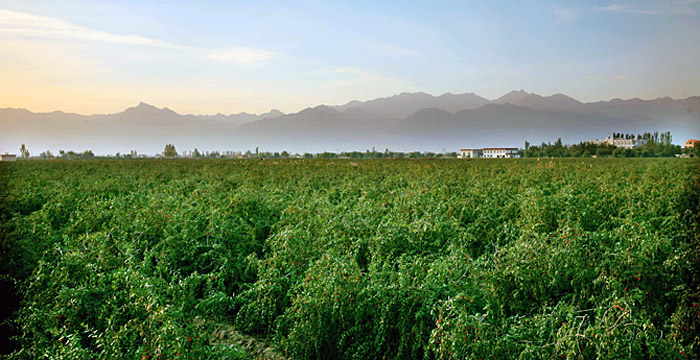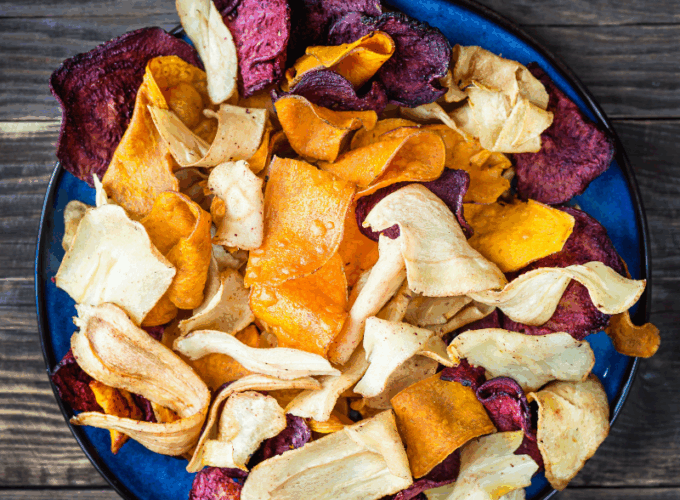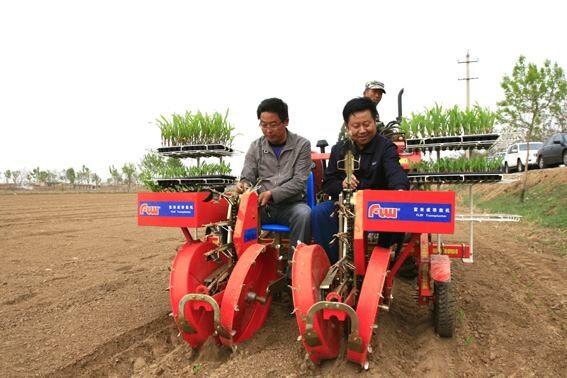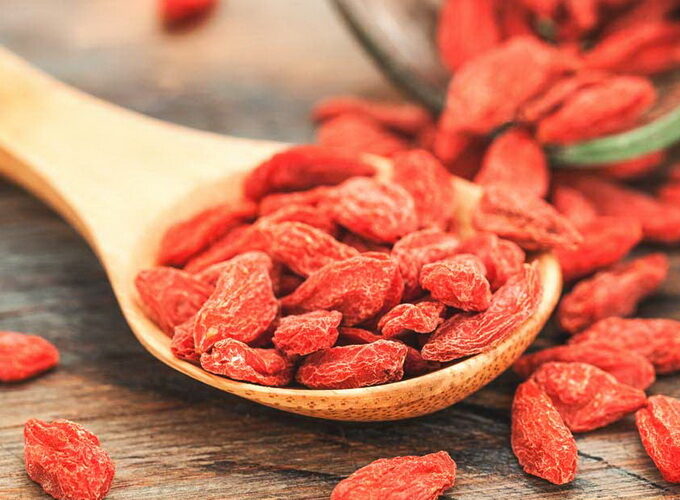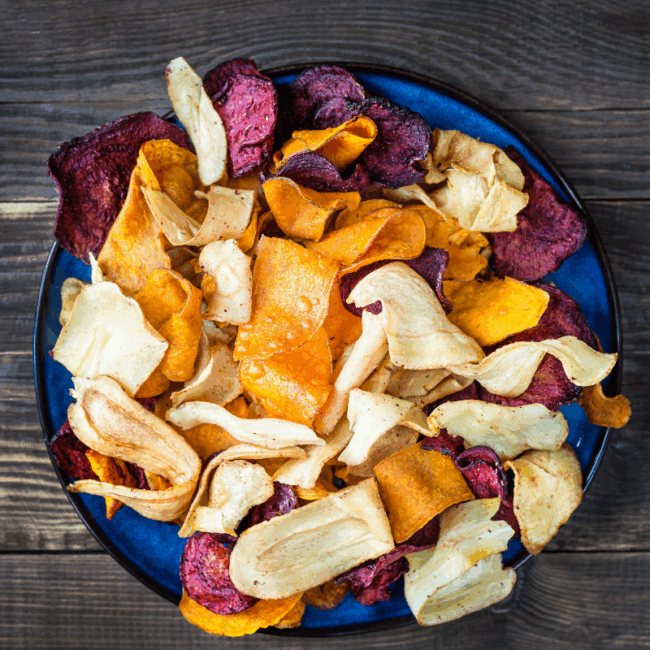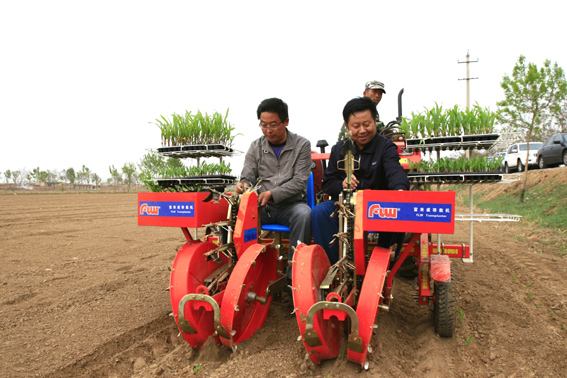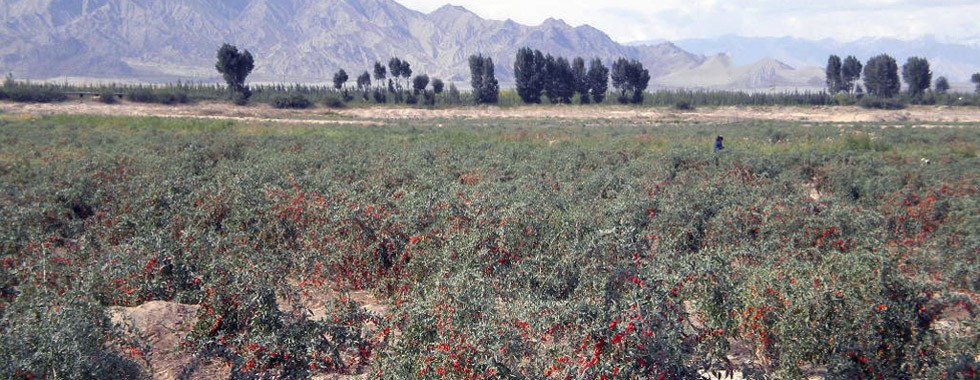
The demand of goji berry for nitrogen fertilizer
- The amount of nitrogen absorbed by goji berries will increase with the growth and development of plants. Goji berries grow and bear fruits twice a year. Also their roots have growth peaks. The branches which have grown for more than one year or two years begin to germinate and grow in May, and began to grow abundantly in June, feeding plants withnitrogen fertilizer in the two periods will cause the best effects.
- Feeding plants with nitrogen fertilizer in spring will increase a year available nitrogen level in the soil, the nitrogen fertilizer works slowly but it can last for a long time and is not easy to run off. The nitrogen fertilizer works quickly in summer, but it only can last for a short time, with the same amount. Generally, it only can last for 1/3 of spring. While feeding plants with nitrogen fertilizer in autumn can just last for 2/3 of spring. Therefore, feeding plants with nitrogen fertilizer in summer will cause the greatest loss and can not do better than feeding in spring.
- Goji berries will be small with poor growth because of lack of nitrogen, the leaves will become light green, even will become yellow, but without dots.The old leaves from the lower part will become yellow firstly, and then the upper leaves, the yellow caused by lack of nitrogen is not the same as theyellow caused by drought, the drought almost make leaves yellow directly.
The demand of goji berry for phosphate fertilizer
- Phosphate fertilizer plays an important role in metabolizing, such asblooming, fruits bearing, growth of branches and leaves, differentiation of flower bud and fruit growth. The proper supplement of phosphatefertilizer can improve the ability of roots to absorb other nutrients. Therefore, the demand for phosphate fertilizer in a year is steady withoutpeak and trough.
- The lack of phosphate fertilizer will cause the reduction of branches, slowness and stagnation of new sprouts, and the plants will be short, the flowers and fruits will abscise, the maturation period of fruit will decay.The leaves will become dark green or purple with lack of phosphatefertilizer, however, if the plants are fed with phosphate fertilizerexcessively, some focal spots will appear on the leaves, also it will cause the deficiency of zinc, the reduction of leaves, the emergence of focal spots and reduction of internodes on the top of branches. With the lack ofphosphate fertilizer, some yellow spots will appear on the top of the diseased branches and veins of leaves, and leaves will be shrinking.
The demand of goji berry for potash fertilizer
- The yields of goji berries will increase after fed by nitrogen fertilizer,phosphate fertilizer and potash fertilizer. The plants can improve theirproduction after fed by potash fertilizer by increasing the quantity and length of branches, flowers and fruits. Only a small part of the potash fertilizer can be absorbed and utilized by plants, most of them remains in the soil. Therefore, goji berries that have high demand of fertilizer needpotash fertilizer to increase their production maintain the balance of potash and store enough potash in the soil.
- Potash fertilizer plays an important role in promoting the accumulation of sugar and the maturation of various tissues. The plants need more potash fertilizer in the periods of leaf growth and fruit development. The application of potash fertilizer can significantly improve the quality of the fruit and enhance the drought resistance of goji berries.
- With the lack of the potash fertilizer, stems of goji berries are thin and easy to flat, and the drought resistance and cold resistance will decline, the leaves will be yellow and dead, the edges of leaves will be shriveled with slow growth, but the middle of the leaves still grow fast, so the leaves will be shriveled like a cup. By the way, this phenomenon often appears in the lower part of the old leaves.

